Queen morph and reproductive strategies in Arizonian ants
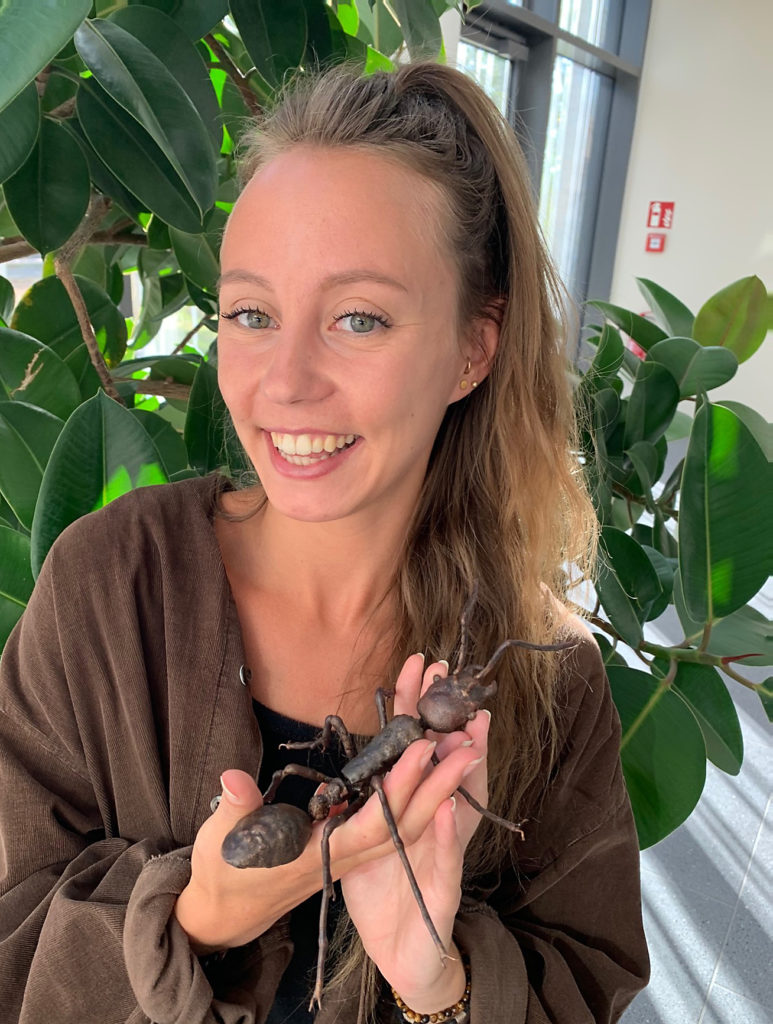
In the recent paper “Queen and worker phenotypic traits are associated with colony composition and environment in Temnothorax rugatulus (Hymenoptera: Formicidae), an ant with alternative reproductive strategies”, Choppin et al. investigate the reproductive strategies of larger and smaller T. rugatulus queens in a population from Arizona. Interestingly, the smaller queens are found at higher elevations and seem to be better adapted to harsher environments, but do not have socially-parasitic tendencies. Here, first author Marina Choppin answers some questions and shares pictures.
An Interview compiled by Patrick Krapf, Alice Laciny, and James Trager
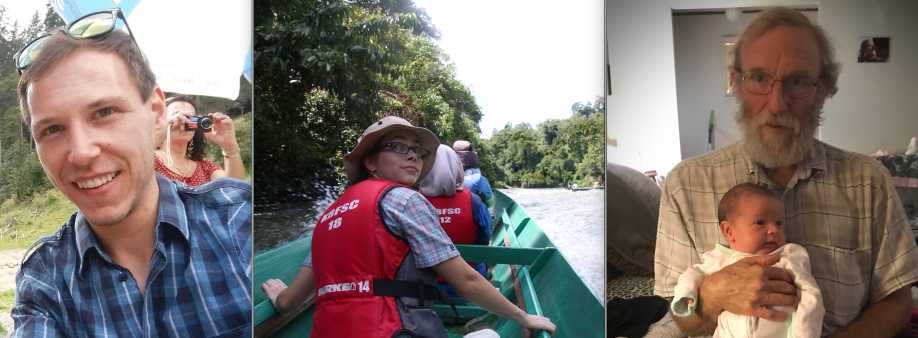
MNB: Could you tell us a bit about yourself?
MC: My name is Marina Choppin, I am 25 years old and from France. I did most of my studies in France and Australia, and now I am a PhD student at the Institute of Organismic and Molecular Evolution at the University of Mainz in Germany. My supervisors are Susanne Foitzik and Barbara Feldmeyer. My PhD project is about exploring the mechanisms, which regulate the longevity and fecundity of the ant species Temnothorax rugatulus. We try to unravel those mechanisms using different approaches like epigenetics, the influence of diet composition, the link with the immune system, etc. I got very interested in social insects early on; I worked with termites and bees before, now with ants.
MNB: Could you briefly outline the research you published in Myrmecol. News in layman’s terms?
MC: As you probably know, in ant colonies, there are queens that reproduce, and workers that do most of the other jobs. Some species can have queens that have a different reproductive strategy, as social parasites. The ant species I am working with has two different queen morphs: smaller and larger queens. In this study, we are trying to better understand the role of the small queens. We want to determine if they are the “bad guys”, that is, social parasites, or if they are strictly there for reproduction. Here, we wanted to better characterize this system using different approaches like behaviour, morphometry, chemistry, and demography. Using all these different approaches, we have found that the small queens do not show any social parasitic tendencies. Interestingly, we also found them at a higher elevation so we hypothesize that the small queens are better adapted to more difficult environmental conditions.
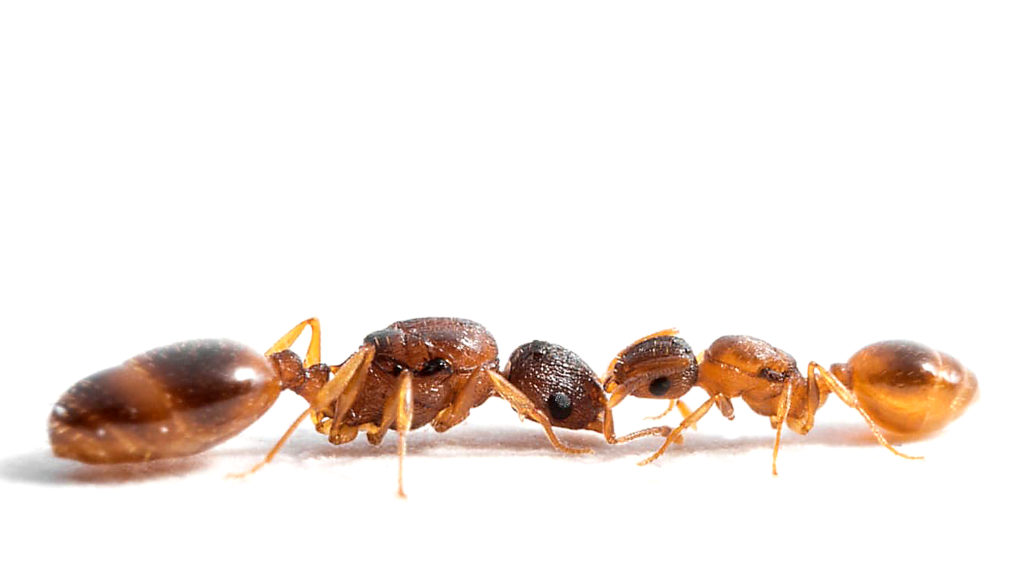
MNB: Oh wow, interesting! Three questions tied to this. The first one is: Are the queens just smaller and have wings or do they look completely different from larger queens?
MC: The small queens are as small as workers, but look the same as larger queens. You can differentiate the small queens from workers based on the thorax shape, which is similar to one of larger queens. Notably, we don’t think that the smaller queens participate in mating flights, but reproduce by budding.
MNB: Really interesting! And the second question: At which elevation did you collect these smaller queens?
MC: Most of the colonies with small queens were found at approx. 2400 meters above sea level. We already noticed during fieldwork that some of the collection sites had more colonies with smaller queens. And that is also one of the reasons why we started this study.
MNB: And where did you collect the colonies?
MC: In Arizona, in the Chiricahua Mountains.
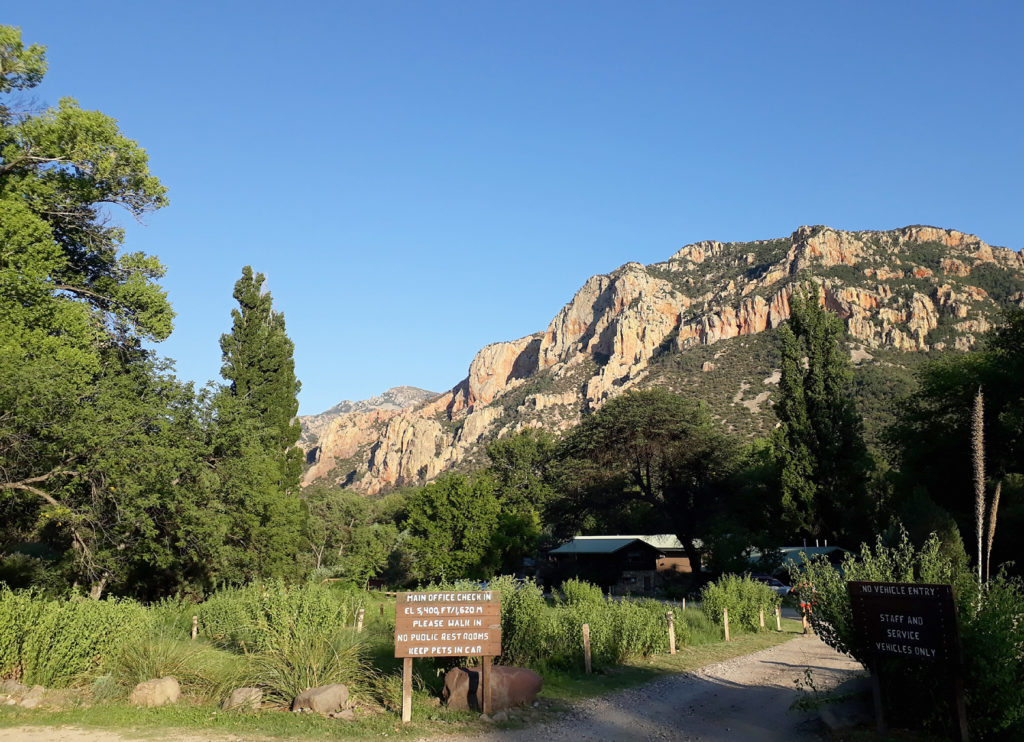
MNB: And what is the take-home message of your work?
MC: In this species, currently speaking, because in 100 years it might be different, the small queens do not show parasitic tendencies. They are rather better adapted to difficult environments, that is high elevations as difficult environments because of colder temperatures and also because resources might be more limited due to the different vegetation on mountaintops. And another take-home message would be that it is nice to have field data, because it made our story more complete.
MNB: I agree. We’ll talk about that again. Now, what was your motivation for this study?
MC: In the field, we already noticed some differences in terms of colony composition depending on the collection site. And when I brought back my colonies to the lab in Mainz, I decided to count and measure all the queens from all the colonies, which were more than 2,000 individuals. And just visually I could see that, when there were multiple queens in the colony, the small queens looked bigger [MNB: as in terms of dimensions], and I thought that maybe there was an effect of colony composition on queen body size. Afterward, when I had my big data set, I did some statistics out of curiosity, and I found effects of colony composition on queen body size. And from there we measured some workers as well. Then Stefan Graf, a former master student and co-author of the paper, did some behavioral experiments. We also did some chemical analyses together, and we had the field data to complete the story. So, it really started from “Oh this is interesting” to the study it is now. As mentioned earlier, this study does not fit the scope of my PhD (aging), that is why the spontaneous motivation behind the study is interesting.

Temnothorax rugatulus worker restrained in clay in order to take a picture for morphometrical measurements (© Marina Choppin). 
CTemnothorax rugatulus colony with a queen, her brood, and some workers (© Romain Libbrecht).
MNB: Did you have any obstacles or problems you had to overcome in this project?
MC: One big challenge was the statistical analyses for the behavioural experiments, because we had unexpected high queen mortality. We did readoption experiments with many queens, and each queen was supposed to be tested with four different types of host colonies, but in the end, we had higher mortality and mutilation rates than expected. So we ended up having a data set with smaller sample sizes because we couldn’t have all queens going through all the different sets. We had to brainstorm for multiple hours with Romain Libbrecht, who is co-author on the paper, about how to get p-values that were meaningful and not just artefacts. So I would say that was a lot of work and brainstorming, but I learned a lot as well!
MNB: And if you were to do it over, would you do something differently?
MC: The study design was quite complex, so maybe I would simplify it in a way that the queens don’t have to go through that many different runs. Maybe by having one small experiment looking at whether queens are accepted in their own colony compared to a foreign one, then another experiment where queens can try to enter a polygynous or monogynous colony, thus trying to split this complex experiment in simpler experiments, so that the queens don’t have to do so many tests. I think that was the main issue in that case.
MNB: Out of curiosity, do you know how long do the queens live, roughly speaking?
MC: I think in this species, there is evidence that the queens can live up to 10 to 15 years.
MNB: Oh wow – live long and reproduce often.
MC: Yes, this is crazy.
MNB: And where do you see the future for this particular field of ant research?
MC: When I was doing the literature research, a lot of papers on this T. rugatulus system were quite old actually, like twenty to thirty years. But I think the social parasitic field is becoming popular again because it is “sexy” and also because we now have the -omics approaches (MNB: genomics, transcriptomics, etc.), that we did not have in the past. I think it is worth it to explore systems that we thought we knew using different tools to have more insights. I can definitely see follow-up studies using different approaches, for example, transcriptomics, maybe to compare gene expression between different queen morphs, and so on.
MNB: Yes, I agree completely.
MNB: And do you have any tips for others who are interested in doing related research?
MC: I can think about one thing that could be interesting. I think my advice is a bit biased because I really like the mechanistic aspect of things, such as doing statistical analyses or bioinformatics, and I really enjoy doing them. Not that I am an expert in these topics, of course (laughing). But sometimes, in evolutionary biology, when you are so focused on the proximate mechanisms you tend to forget to zoom out, to have a look at the bigger picture and to think about what is going on the ultimate level. To ask for the “Why” instead of for the “How”. I think that is important to keep in mind when you are stuck with your results, try to step back and have a look at the bigger picture.
MNB: I could not have said it better, a great thing also to end this interview. Thank you so much for taking the time.
MC: Thank you for the invitation.

Our behavioral laboratory in Mainz. At the back on the left, my former master student and co-author on the article Stefan Graf, counting workers of the colonies we brought back from the field. At the front, me preparing the queens for morphometrical measurements (© Alexander Sell). 
One of the laboratories in the Southwestern Research Station where we inventoried and stored the ant colonies during our ant collection trip. Ant colonies are temporarily kept in plastic bags with a straw, some wet cotton, and pieces of ham and biscuit for food. I am entering the colonies’ data on my laptop. (© Barbara Feldmeyer).

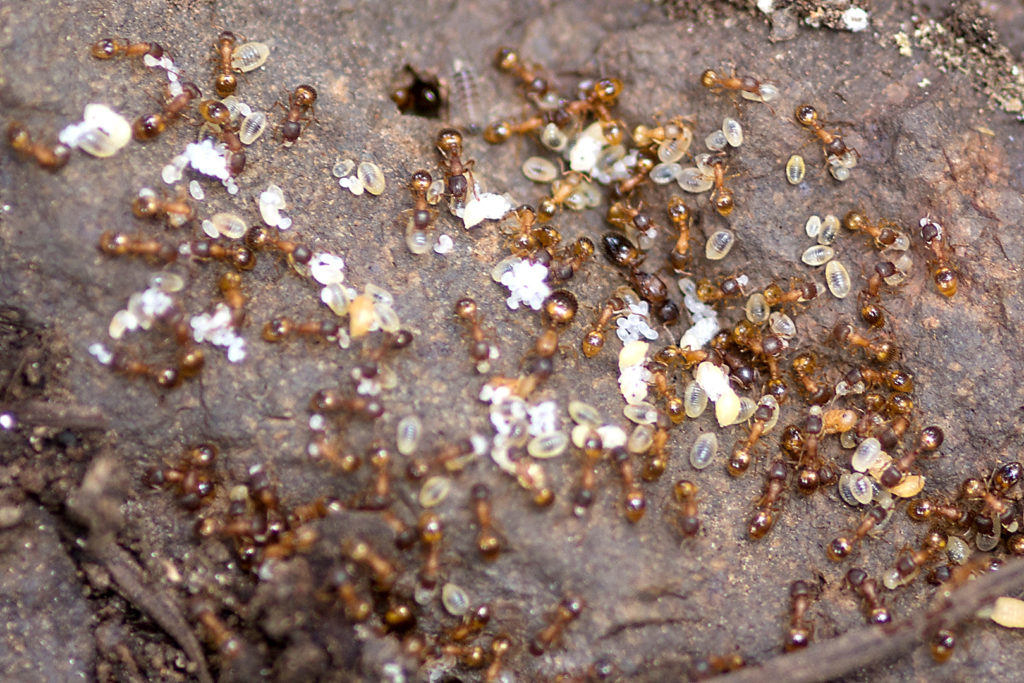
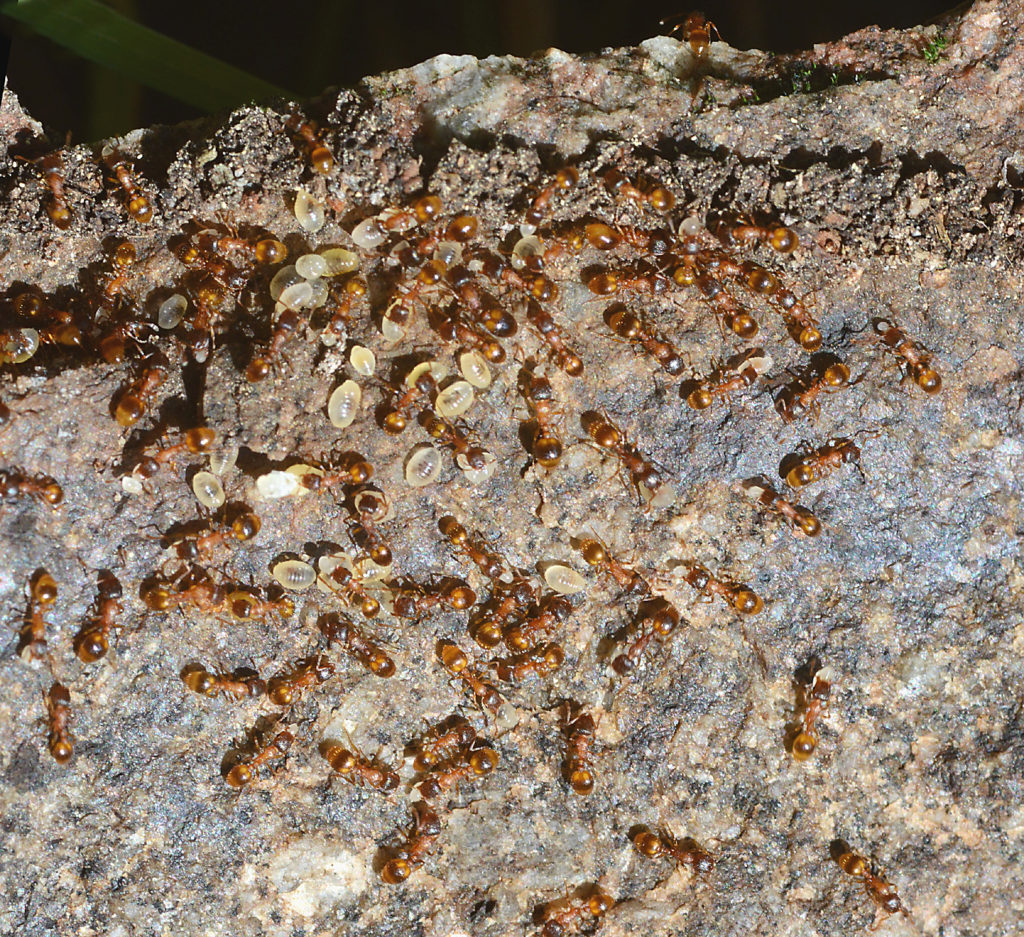
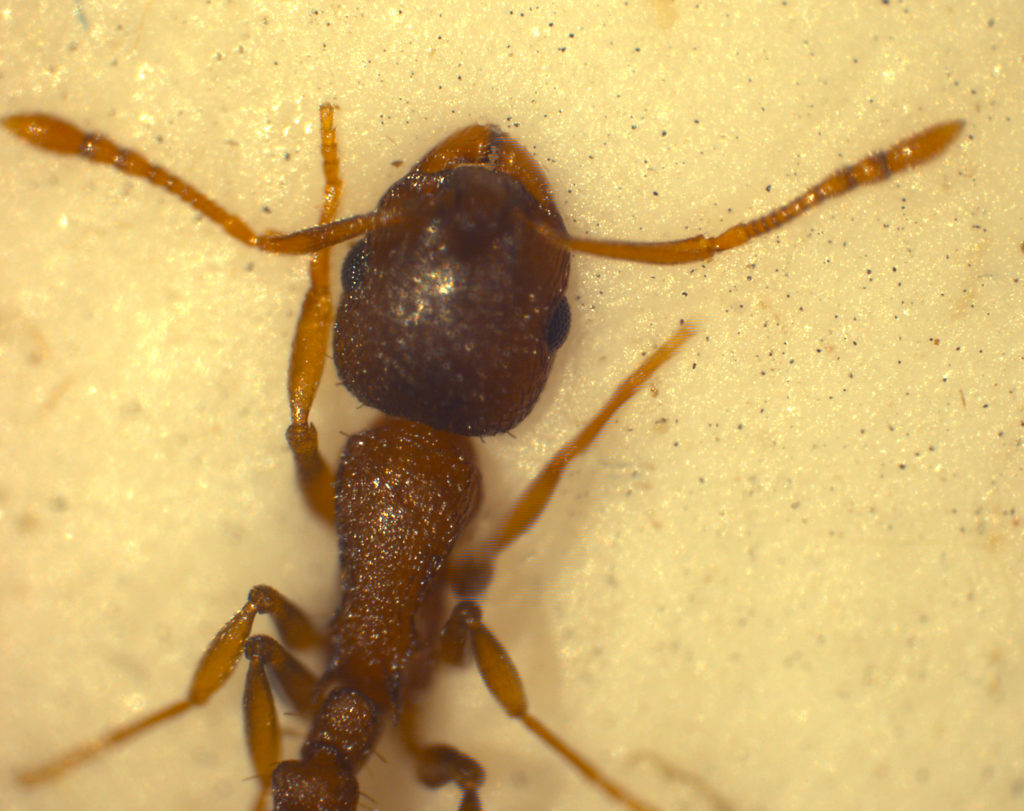
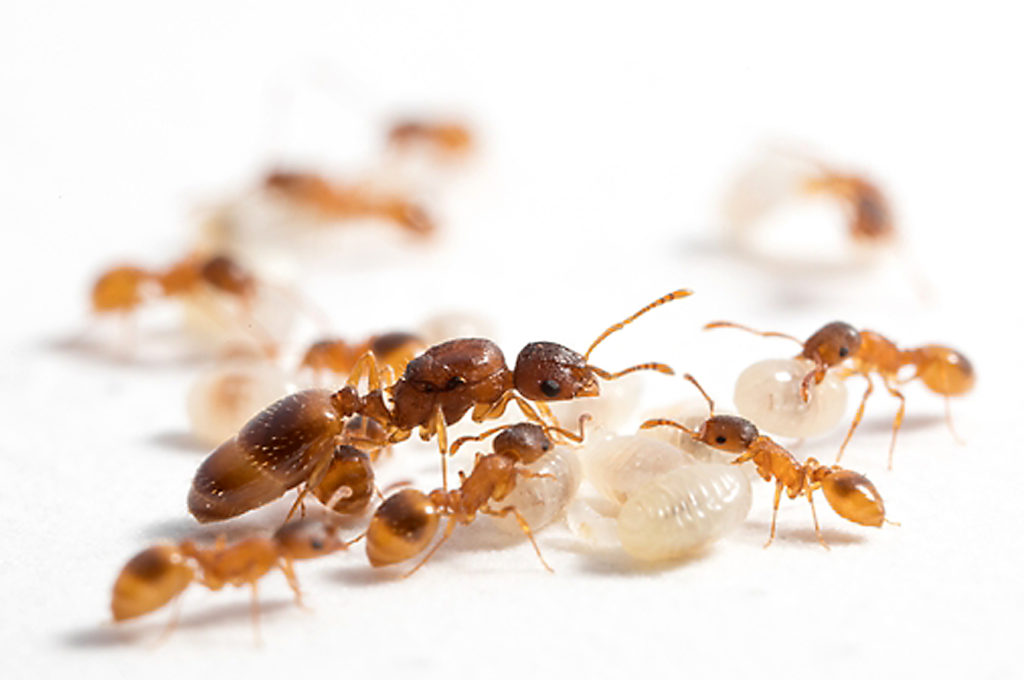
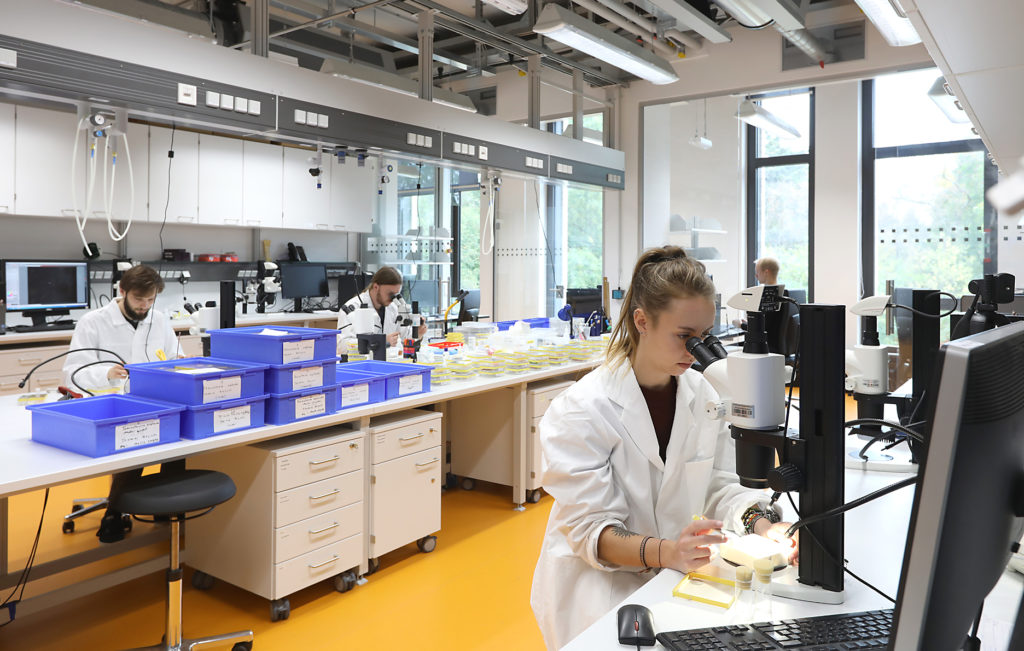
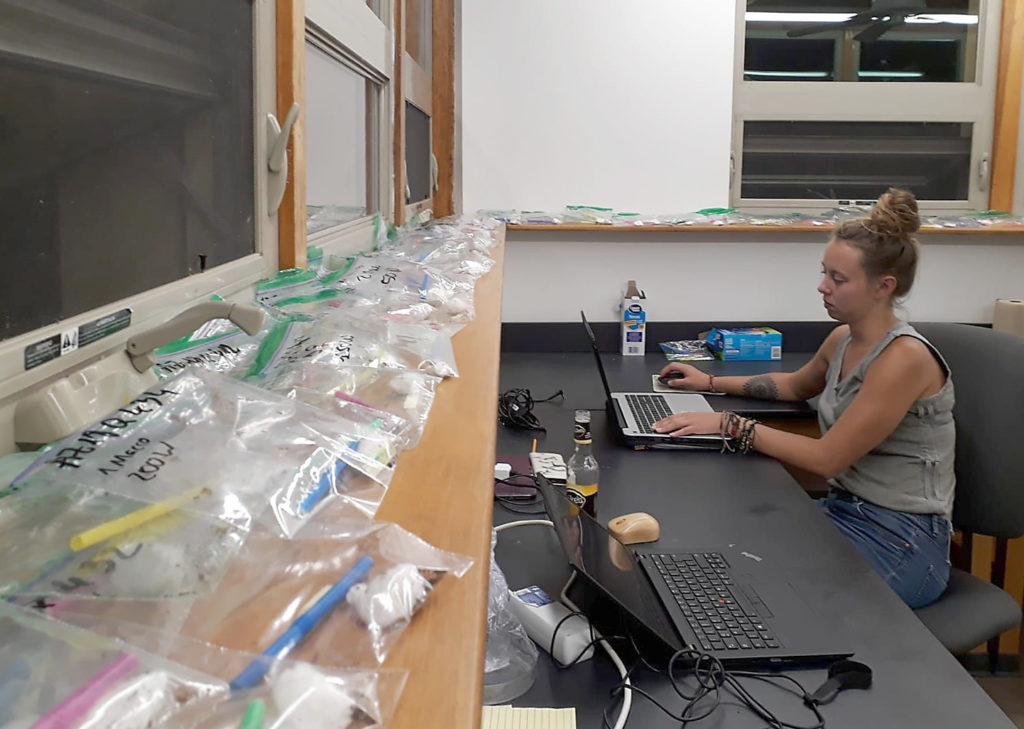

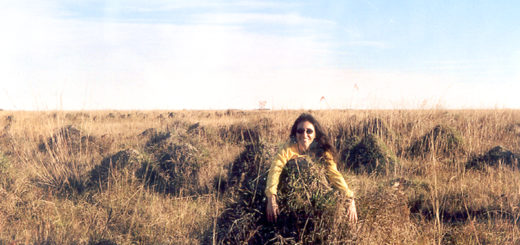
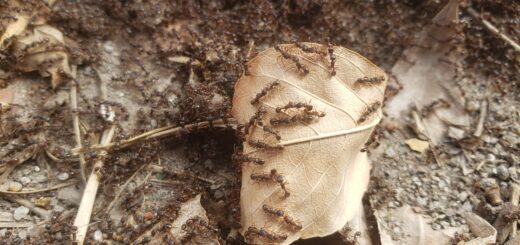

Recent Comments